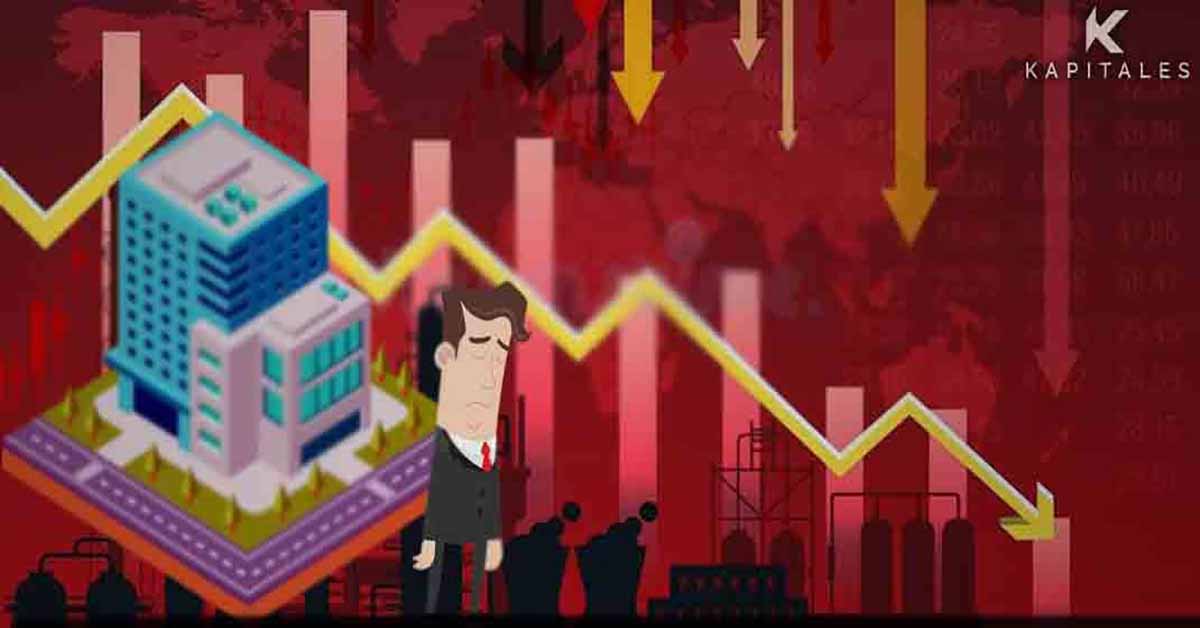
Market Alert: ASX200 at Critical Support – Reversal or Further Fall?
1. The energy sector was the top gainer on 12 December 2022.
2. The Australian energy sector gained 1.22% by the end of the trading session on 12 December 2022.
3. Leakage in the Keystone oil pipeline and Putin’s threat to cut oil production were the major drivers of the energy sector’s performance.
Since the Russia-Ukraine war, one of the most discussed topics amongst investors is oil and gas. At different stages, the energy sector gained investor attention. Since February 2022, the Russia-Ukraine war has created shock waves in global markets, resulting in price volatility, supply shortage, security issues, and economic uncertainty. These challenges have contributed to the Global Energy crisis.
On 12 December 2022, the Australian energy sector was the top gainer, with over 1% growth in the index value. Oil prices increased more than 1% in the early Asian trade. Two major factors impacting oil prices include:
Following the update, Brent oil Futures improved over 0.5% to US$76.51 a barrel. West Taxes Intermediate crude futures grew ~0.8% to US$71.58 a barrel (AEDT 3:03 PM).
Because of the rise in oil prices, the focus is now squaring on the U.S. Consumer Inflation Data as well as the Federal Reserve’s final meeting for 2022. On that note, let’s explore the possible impact of the above two updates on the oil prices as well as the outlook of the energy sector.
Canadian pipeline company T.C. Energy had to shut down its Keystone Pipeline after a leakage was detected on Wednesday, 07 December 2022. The Company said it has not yet identified the cause of the leakage. It did not even give a timeline related to the restart of the operation.
The leak released oil into Washington County, Kansas, which is approx. 20 miles south of a pipeline terminal at Steele City, Nebraska. The Company had to shut the pipeline after 14,000 crude oil barrels spilled into a creek in Kansas. Thus, making it amongst the largest U.S. crude oil spills in a decade.
The Keystone Pipeline System is 4,324 km (2,687 miles) in length, and has a key role to play in delivering Canadian and U.S. crude oil supplies to markets around North America.
The 622,000 barrel-per-day Keystone line is a key route shipping heavy Canadian crude from Alberta to refiners in the U.S. Midwest and the Gulf Coast. The shutdown will hamper the delivery of Canadian crude to the U.S. storage hub in Cushing, Oklahoma, and to the Gulf, where the crude oil is refined and exported.
The uncertainty over the Russian oil supply also supported oil prices to move up on 12 December 2022. In response to the price cap on Russian oil export, Putin said that Russia could cut oil production over price caps. He also said that Russia would not sell oil to countries that impose the West’s “stupid” price cap on Russian oil. The European Union and Australia also agreed to the West’s US$60 per barrel price cap on Russian seaborne crude oil.
Russia being the second largest exporter of oil after Saudi Arabia and the largest gas exporter, has a production arrangement with other members of the OPEC+ oil producers’ club, so such an extreme step was still only a possibility.
Presently, Russia is thinking over this, and we can expect some concrete steps in this direction within a couple of weeks.
As per one of the recent reports by the U.S. Energy Information Administration (EIA), Global oil inventories will decline by 0.2 million barrels per day in 1H 2023 before increasing by 0.7 barrels per day in the second half of 2023. Based on these estimates, EIA expects global oil inventories to be higher at the end of 2023 compared to the projection in November short-term energy outlook. Thus, averaging Brent crude oil price to US$92 per barrel.
Natural gas prices are expected to increase from November 2022 levels because of higher winter natural gas demand and rising LNG exports. The U.S. natural gas production will improve by 1% compared with EIA’s projections in November 2022.
While EIA expects oil inventories to increase by the end of 2023, we can expect some changes in this value amid the ongoing geopolitical environment as well as the time to fix the oil leakage.
Customer Notice:
Nextgen Global Services Pty Ltd trading as Kapitales Research (ABN 89 652 632 561) is a Corporate Authorised Representative (CAR No. 1293674) of Enva Australia Pty Ltd (AFSL 424494). The information contained in this website is general information only. Any advice is general advice only. No consideration has been given or will be given to the individual investment objectives, financial situation or needs of any particular person. The decision to invest or trade and the method selected is a personal decision and involves an inherent level of risk, and you must undertake your own investigations and obtain your own advice regarding the suitability of this product for your circumstances. Please be aware that all trading activity is subject to both profit & loss and may not be suitable for you. The past performance of this product is not and should not be taken as an indication of future performance.
Kapitales Research, Level 13, Suite 1A, 465 Victoria Ave, Chatswood, NSW 2067, Australia | 1800 005 780 | info@kapitales.com


Apr 08, 2023

Apr 07, 2023

Mar 20, 2023

Mar 16, 2023

Mar 08, 2023

Mar 02, 2023

Feb 24, 2023

Feb 16, 2023

Feb 09, 2023

Feb 07, 2023
Nextgen Global Services Pty Ltd trading as Kapitales Research (ABN 89 652 632 561) is a Corporate Authorised Representative (CAR No. 1293674) of Enva Australia Pty Ltd (AFSL 424494). The information contained in this website is general information only. Any advice is general advice only. No consideration has been given or will be given to the individual investment objectives, financial situation or needs of any particular person. The decision to invest or trade and the method selected is a personal decision and involves an inherent level of risk, and you must undertake your own investigations and obtain your own advice regarding the suitability of this product for your circumstances. Please be aware that all trading activity is subject to both profit & loss and may not be suitable for you. The past performance of this product is not and should not be taken as an indication of future performance.